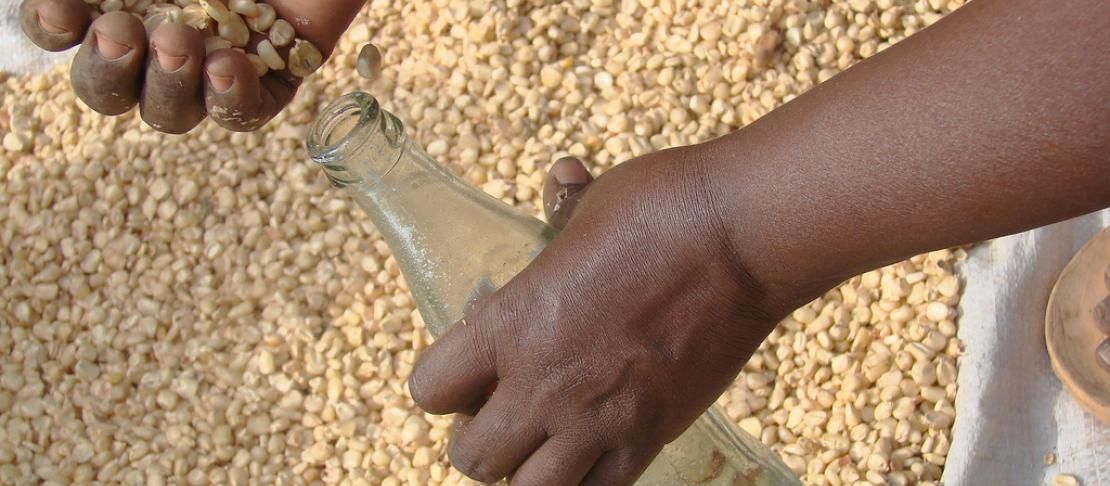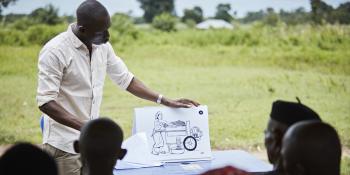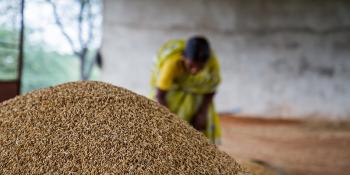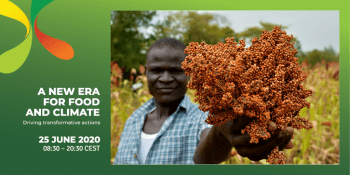Reducing agro-food induced GHG emissions through effective FLW reducing strategies

Project description
Globally, approximately one-third of food is lost or wasted, contributing to ~8% of annual greenhouse gas (GHG) emissions lost or wasted. Experts predict that food waste will increase further with diet shifts and increased incomes, indicating larger emissions lost and wasted, a situation that is unacceptable in the context of both global food insecurity and the need to mitigate climate change. Reducing food loss and waste therefore is critical. Scientists have found that reducing food loss and waste has high potential for reducing emissions in certain subsectors, and may even contribute to alternative energy production.
This project explores the evidence for how much mitigation could be achieved by reducing food loss and waste, drivers for food loss and waste in supply chains important to mitigation, and strategies for reducing food loss and waste to achieve food- and nutrition- secure food systems while also reducing emissions.
The project is establishing initiatives in selected high-potential value chains and regions with strong consortia that target the reduction of food loss and waste. The project explores business models and finance, stakeholder incentives, and interventions in the enabling environment.
The project has identified the following priority countries: India, China, Vietnam, Colombia, Ethiopia, Ghana and Kenya.
The focus for 2019-2021 is to extend the methodology applied in previous limited case studies (2016-2018) to a more applicable methodology with a broad underlying data set.
Expected outcomes
- Contribution to at least 6 policy decisions taken based on the insight into the relation between food loss and waste and GHG emissions leading to adoption and facilitation of measures for reducing food loss and waste and thus GHG emissions.
- The project will work on at least 4 agricultural development initiatives where - built on CCAFS science - interventions will be implemented, monitored and evaluated to reduce food loss and waste and thus GHG emissions.
Gender and youth
Several case studies will be oriented on solutions beneficial to women and youth. The project work will take gender constraints and opportunities into consideration in value chain and activity mapping, so that this insight will feed into the policy decisions.
More information
For more information, please contact project leader Jan Broeze, WUR (jan.broeze@wur.nl).
Project Deliverables
Presentation/Poster
The goals of the project, way of working and intermediate results are included in presentations / workshops / discussions at different gremia targeting relevant stakeholders.
Discussion paper/Working paper/White paper
1 scientific article regarding developed model on FLW and GHG emissions
Discussion paper/Working paper/White paper
1 scientific article regarding baseline data
User manual/Technical Guide
Overarching model for sustainable consumption and production, focusing on FLW and related GHG emissions
Presentation/Poster
Presentation of findings regarding FLW and GHG emissions model to broader audience
Discussion paper/Working paper/White paper
Contribution to website on 2017/2018/2019 findings
Discussion paper/Working paper/White paper
Hermetic bag for the storage of maize: Economic perspective in different Sub-Saharan African countries, food security and greenhouse gas emissions
Policy brief/policy note/briefing paper
Policy brief/note, contribution to World Resources Report: Creating a Sustainable Food Future
Presentation/Poster
Presentation of findings in pilots to broader audience on international conference
Discussion paper/Working paper/White paper
1 scientific article regarding business models
Presentation/Poster
Presentation on FLW and FLW-associated GHG emissions hotspot analysis
Presentation/Poster
Presentation of findings on business models to broader audience on international conference
Social Media Output
Successful podcast for United Against Food Loss & Waste (Samen Tegen Voedselverspilling, )
Data portal/Tool/Model code/Computer software
Agro-Chain greenhouse gas Emissions (ACE) calculator update 2020
Social Media Output
Webinar on ACE calculator, attended by 92 participants and over 200 views via social media channels


